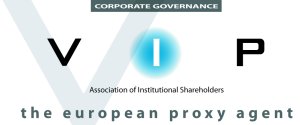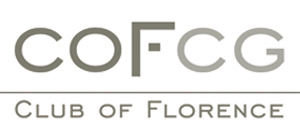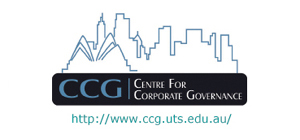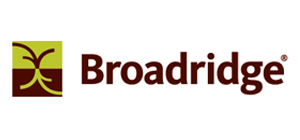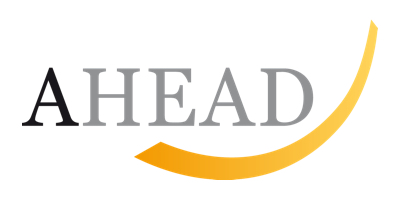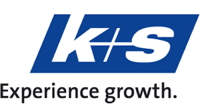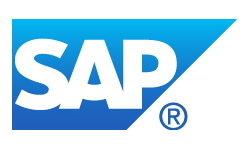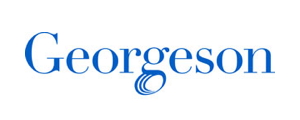VIPsight - 4th Edition 2016
COMPANIES
Sinner Schrader: Bumper results
 If today’s figures are anything to go by, digital marketing and advertising agency Sinner Schrader AG will close the 2015-16 fiscal year at an all-time high. From its headquarters in Hamburg, the company announced an increase in turnover from 47.7 million Euros to over 51 million with EBITA at 4.5 million. This brings the group profit to more than 3 million Euros, 0.26 Euros per share, marginally higher than the last forecast of July 2016. Together with the publication of the provisional results, the Supervisory Board confirmed having renewed CFO Thomas Dyckhoff ‘s contract for a further five years.
If today’s figures are anything to go by, digital marketing and advertising agency Sinner Schrader AG will close the 2015-16 fiscal year at an all-time high. From its headquarters in Hamburg, the company announced an increase in turnover from 47.7 million Euros to over 51 million with EBITA at 4.5 million. This brings the group profit to more than 3 million Euros, 0.26 Euros per share, marginally higher than the last forecast of July 2016. Together with the publication of the provisional results, the Supervisory Board confirmed having renewed CFO Thomas Dyckhoff ‘s contract for a further five years.
Telecolumbus: low interest costs
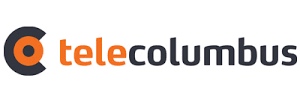 Telecolumbus, Germany’s third-largest cable network, is reaping the benefits of a new credit agreement that was arrived at by negotiating the re-financing, consolation and duration of existing term loans worth 1.255 billion Euros. At the same time its extant credit contract was amended to the tune of 1.38 billion Euros. In a note, Telecolumbus announced that the transaction should come into force at the end of October.
Telecolumbus, Germany’s third-largest cable network, is reaping the benefits of a new credit agreement that was arrived at by negotiating the re-financing, consolation and duration of existing term loans worth 1.255 billion Euros. At the same time its extant credit contract was amended to the tune of 1.38 billion Euros. In a note, Telecolumbus announced that the transaction should come into force at the end of October.
The new agreement extends the duration of the credit contracts to January 2023 and lowers the credit margin of the term loans by 50 base points to 400 base points plus Euribor. Certain terms and conditions of the credit contract were amended, but the duration and interest rates for the existing investments and its total 125 million Euro revolving credit line remain unchanged. This transaction will lower Telecolumbus’s yearly interest liability by 6.3 million Euros.
DBAG: profit forecast exceeded
The Deutsche Beteilungs AG (DBAG) group profit for the 2015-16 fiscal year was significantly higher than had been forecast – available figures indicate somewhere in the region of 48 to 52 million Euros. The reason for exceeding the forecast confirmed on publication of the third quarter results seems to lie in an improvement of the capital market multiplier that DBAG uses to assess its company portfolio. On the 30 September cut-off date, the multipliers were higher than almost every comparison group had been on the previous cut-off date of June 30. According to the company, this could explain how losses were compensated.

